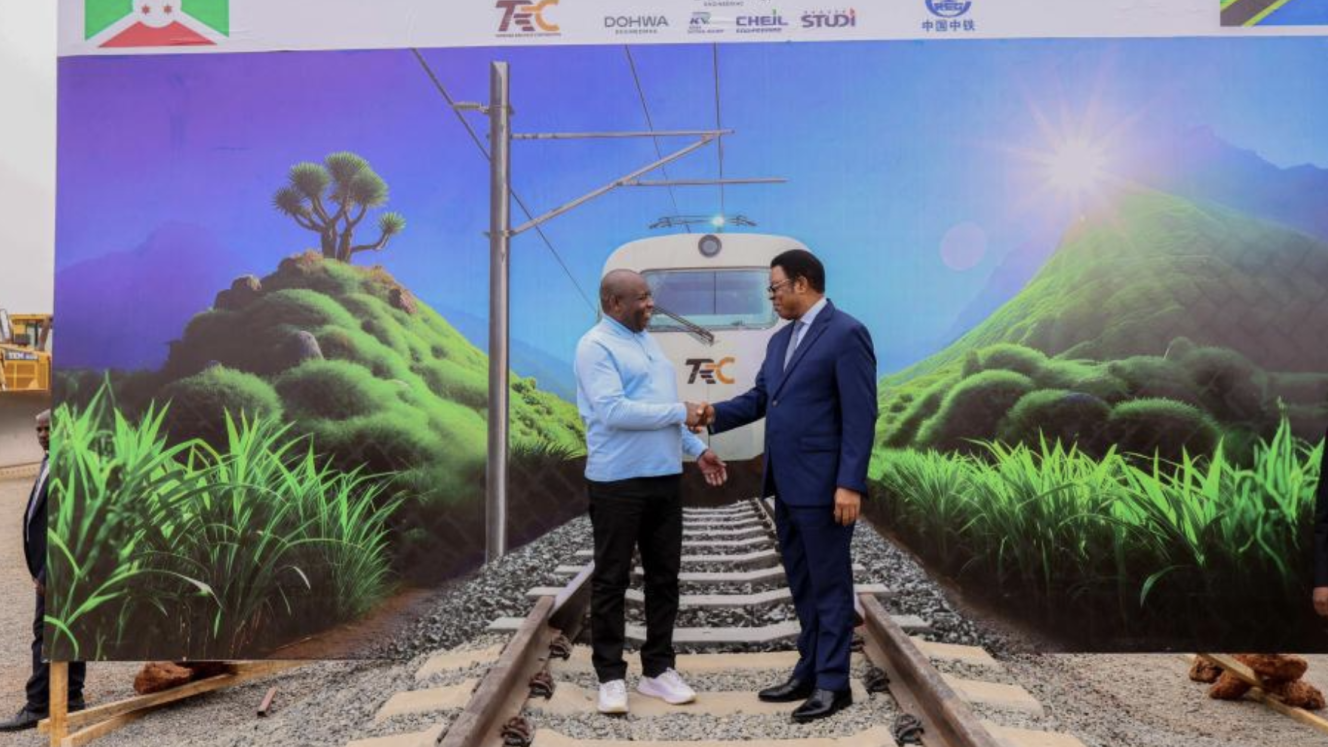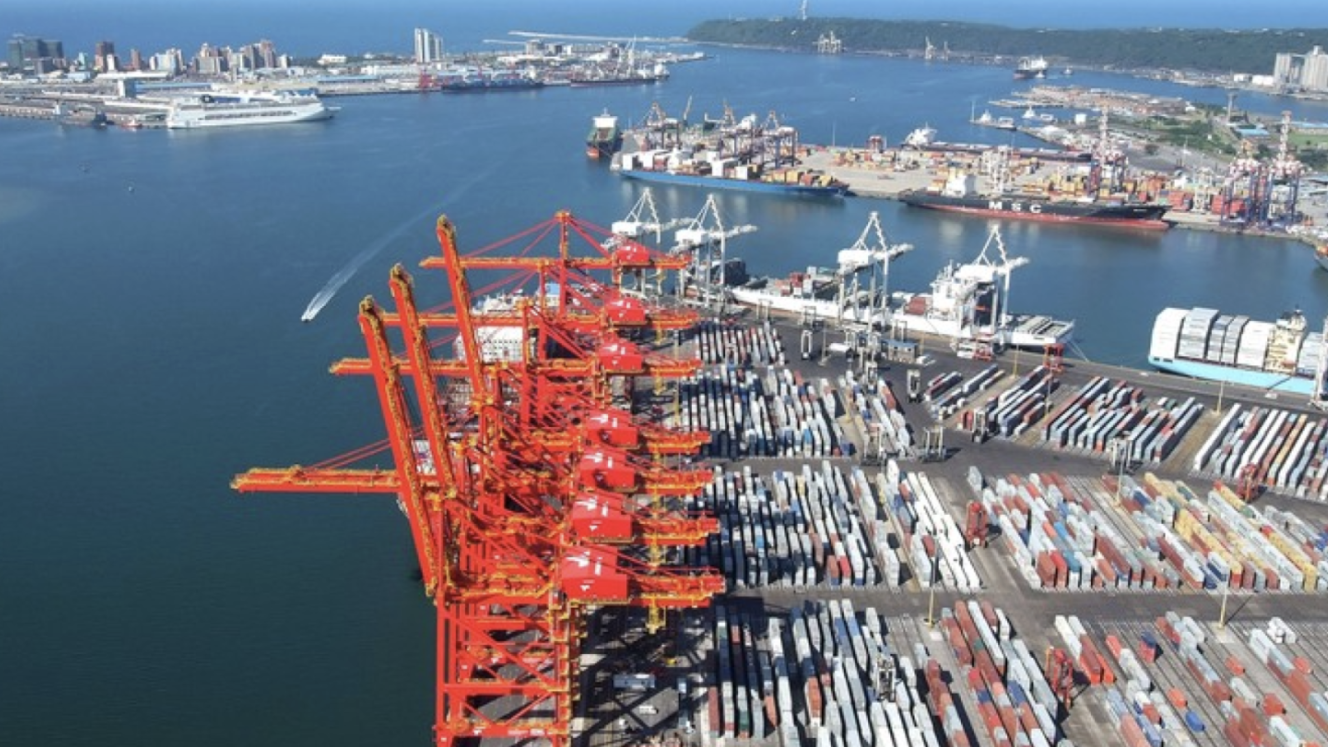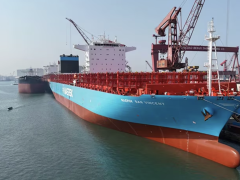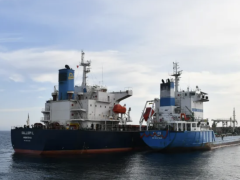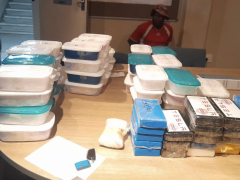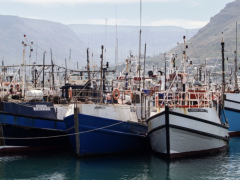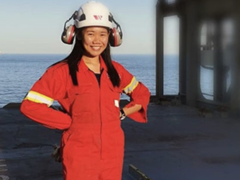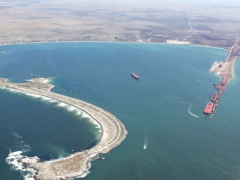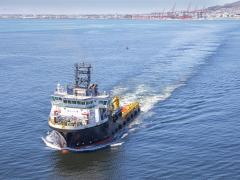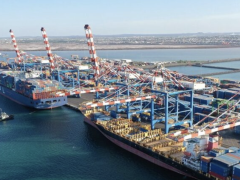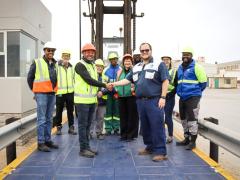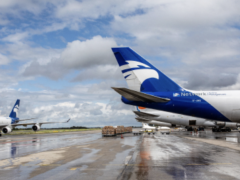Tanzania and Burundi have launched the construction of a modern standard-gauge railway (SGR) linking Uvinza in western Tanzania to Musongati in eastern Burundi.
Tanzanian Prime Minister Kassim Majaliwa laid the foundation stone for the 240 km railway project, which is set to become the first cross-border SGR in East Africa, reports Chinese state news agency, Xinhua.
The project, estimated to cost more than $2.15bn, is expected to be completed within five years, Majaliwa’s directorate of communications said in a statement.
Majaliwa assured citizens of both countries that construction would commence on schedule, emphasising the railway's potential to boost regional trade and connectivity.
"Once completed, passengers will be able to travel from Musongati to Dar es Salaam in a single day. Currently, cargo trucks take up to 96 hours to reach Bujumbura from Dar es Salaam. With the railway, that journey will be reduced to just 20 hours," he said.
He said the railway line would not only ease passenger and freight transport but also unlock new investment opportunities and strengthen economic ties between Tanzania and Burundi.
Burundian President Evariste Ndayishimiye highlighted his country’s rich mineral resources, particularly nickel, and the strong investor interest in the sector. He said the project was a long-awaited dream come true.
"Many asked how we would transport the minerals. This railway is the answer," Ndayishimiye said.
He outlined ambitions to extend the railway to Kindu in eastern Democratic Republic of the Congo and eventually to West Africa's Atlantic coast, envisaging a pan-African corridor development.
Lin Xiaotong, a representative from the China Railway Group Limited that is leading the consortium building the cross-border railway, said the project was expected to be completed around 2030. The line will be designed with a 1 435 mm international standard gauge and full electrification system.
Xiaotong said the line would serve as a vital transport corridor between Tanzania and Burundi to boost regional economic development and accelerate East African integration.
